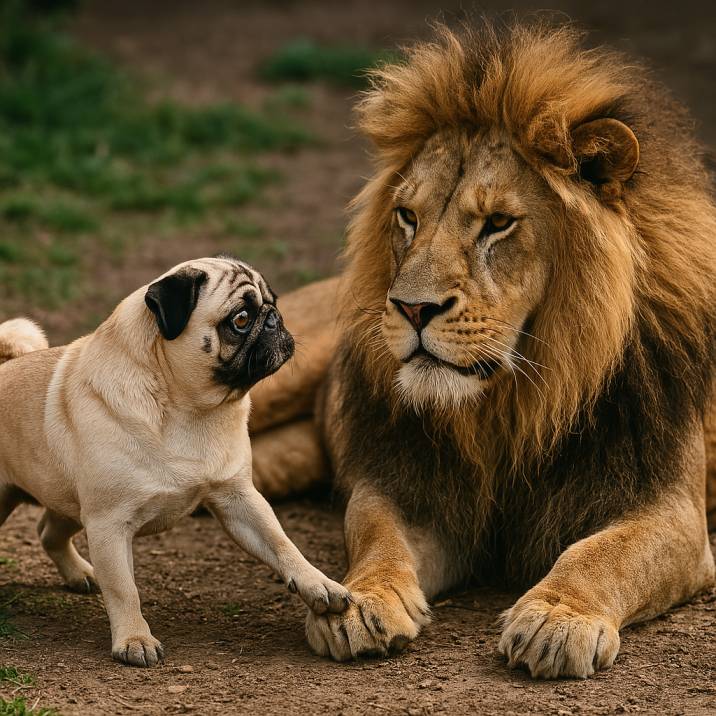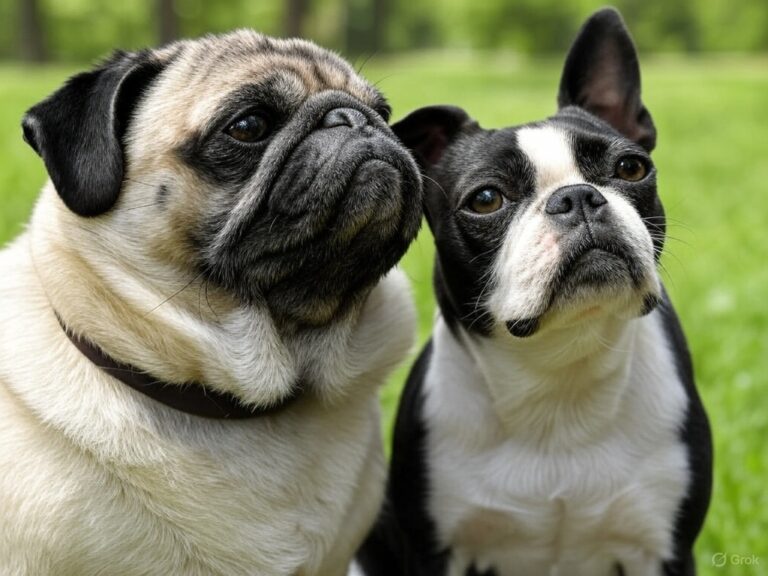Old Pugs vs. New Pugs: Understanding the Key Differences

Pugs have captured hearts for centuries, but the breed has changed significantly over time. Whether you’re an admirer of the classic pug look or a fan of the modern pug’s distinct features, knowing these differences can help you better understand and care for your furry companion.
The Origins of the Pug
Pugs are an ancient breed dating back to around 400 B.C. in China. The early pugs had distinct features that varied from today’s popular look. Over the centuries, selective breeding has transformed their appearance and some aspects of their temperament.
Physical Differences Between Old and New Pugs
Head and Face Structure
- Old Pugs: Early pugs had longer muzzles, providing better airflow and fewer breathing issues. Their wrinkles were less pronounced, and their eyes sat slightly deeper in the skull.
- New Pugs: Modern pugs have shorter, flatter faces (brachycephalic structure) with more pronounced wrinkles and bulging eyes, which contributes to their signature “smooshed” look.
Body Shape
- Old Pugs: Older pugs had leaner, more athletic bodies with longer legs and a slightly longer torso.
- New Pugs: Today’s pugs are stockier with a more compact, round body. This shape often makes them more prone to obesity without careful monitoring.
Tail
- Old Pugs: Their tails were less tightly curled, often forming a single loop.
- New Pugs: The signature tightly curled tail — sometimes even a double curl — is now a desired trait in modern pugs.
Health Considerations
While both types of pugs require care and attention, modern pugs face some unique challenges:
- Breathing Issues: Modern pugs’ shorter snouts make them prone to respiratory problems. Older pugs with longer muzzles tended to have fewer issues in this area.
- Eye Injuries: The prominent eyes of modern pugs are more susceptible to scratches, infections, and irritation.
- Skin Fold Infections: Modern pugs have deeper wrinkles that require regular cleaning to prevent irritation and infections.
Temperament and Personality
While pugs have always been known for their charming and affectionate personalities, modern pugs are often bred to be even more people-focused. Old pugs were often more independent, while today’s pugs are notorious for being “velcro dogs,” sticking closely to their humans.
Care Tips for Both Old and New Pugs
- For Old-Style Pugs: Prioritize regular exercise and a balanced diet to maintain their active build.
- For New-Style Pugs: Focus on breathing care, maintaining a healthy weight, and cleaning facial wrinkles to prevent discomfort and infections.
Conclusion
If you prefer a low-maintenance companion with fewer breathing concerns, an older-style pug may be ideal. If you love the iconic “pug face” and don’t mind some extra care to manage their health, a modern pug might steal your heart.






